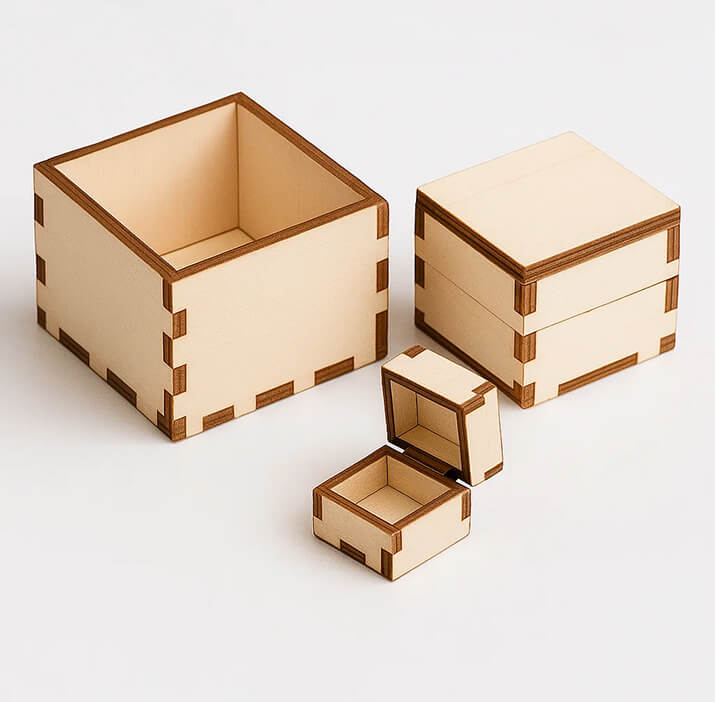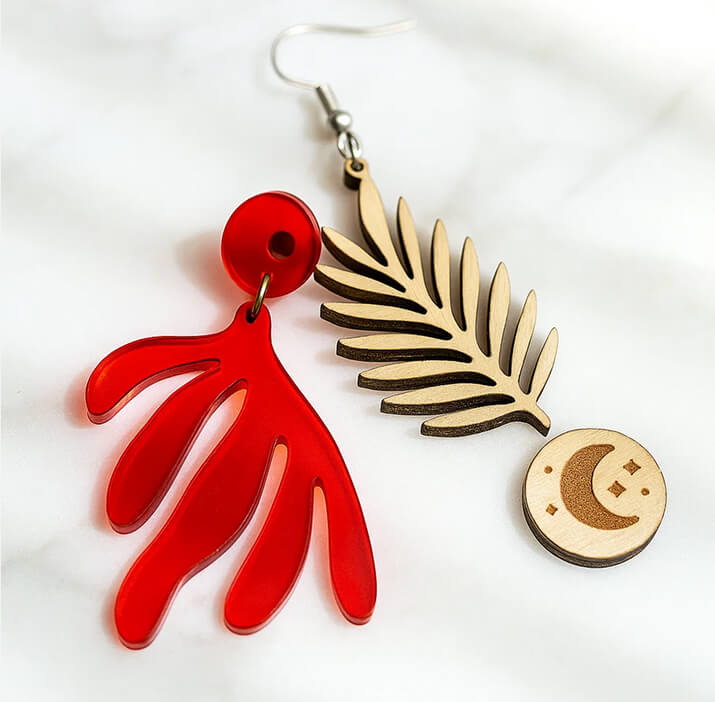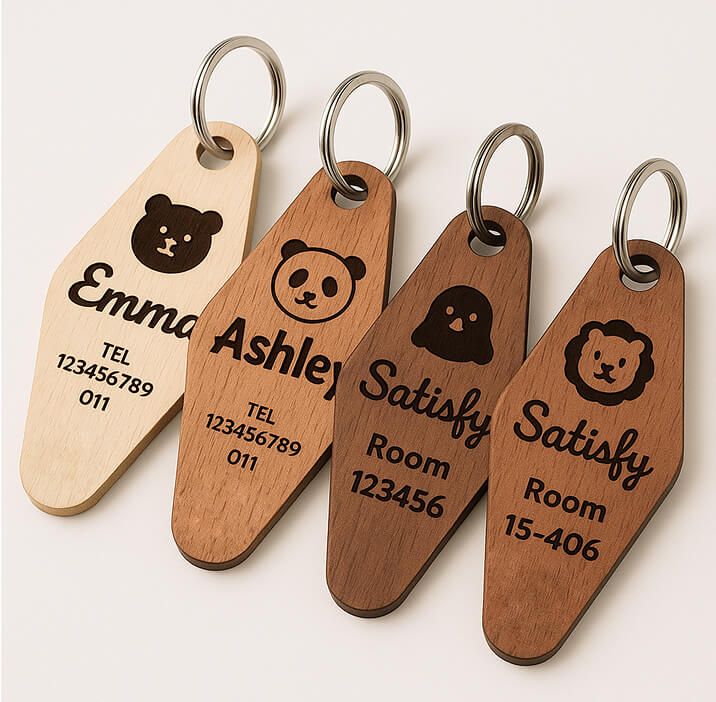![[Laser cut and engrave] Restore Old Frame Face](https://image-res.xtool.com/resource/xtool/community/attachment/xtool-community/8a2fa288-3a2d-496e-b4bb-6cba3d8d70d6?x-oss-process=image/resize,w_1200,h_900,limit_0/interlace,1/format,webp/auto-orient,1)
Restore Old Frame Face

Information
My partner had a metal frame face that we've been toting around for the last few decades each time we moved. It was from a frame his grandmother once had, but the frame was long gone now. I'm thinking it probably had some velvet flocking that had worn with age. So all that remained was this front face—probably made of lead based on its consistency and color. (No, I'm not recommending anyone intentionally work with lead materials.)
I figured with the right materials—and salvaged parts—I could probably recreate the frame and bring this thing back into good use. And so this is a project I've been working on over the course of a few weeks while I tried to determine appropriate methods, materials, and parts.
Why is this a How To? It's not like you have one of these lying around your house. But maybe you want to build a nice frame that's not just a rectangular box. With stain and varnish on all surfaces, this base could make a nice frame for any formal decor.
Instruction
Step1: Trace and template the face
If you're not starting with some lost frame part handed down in your family, you can probably skip this step. In my case, I started this project by tracing the frame face on paper. Then I scanned it to a PNG file and imported that into XCS. In XCS, I traced the imported image then resized it to match the actual size of the frame face.
Using available shapes and vector tools in XCS, I then recreated the shape of the frame and the cutout for the photograph on top of the traced frame face, paying particular attention to corners and arcs in the original outline.
To ensure I had it right, I ran a project to cut the final design out of brown craft paper. I wanted to ensure it properly lined up with the frame face. It didn't! Glad I took the time to do this. Ultimately, I went back and made some tweaks to my design with the frame face and my caliper in hand.
Step2: Design and cut the frame body
The frame body requires two pieces of wood: one that exactly mimics the form of the frame face and another with a larger opening for the actual photo size (in my case 4" x 6"). By layering these two pieces of wood together, you create the “lip” that the glass, photo, and back panel sit in.
Start the second panel by copying the design from first canvas to a brand new canvas. Create another rectangle around the existing rectangle that represents the frame opening, size it to the photo size, and center it around the other rectangle already in the design. Select the center rectangle (the opening), and set it to not output. It's just a reference. I also put it on a different layer to differentiate it.
Now you have both of the main wood pieces you need to make your frame. I did some tests before cutting the pieces to ensure the best settings with my solid basswood.
Process the first panel with the smaller opening on a thin piece of solid wood. I used 1/8" solid Basswood. It was easy to work with and cut cleanly. Process the second panel with the larger opening on a solid piece of wood that's at least 1/4" thick.
Step3: Glue, sand, and stain
The next step is basic woodwork finishing. Ensure that the edges align cleanly when you put the two pieces back-to-back. You'll want to glue these together before doing any major finish work, but lightly sand and wipe clean the two surfaces you'll be adhering, then glue them together and make the edges align cleanly. Clamp and let dry overnight.
Once the glue has cured, you can refinish the wood frame however you'd like. Sand it well, paying particular care along the edges. You'll want the seam of the two pieces of wood to sort of fade away when your frame is completed. To finish it, I used two coats of walnut stain and two coats of polyurethane, followed by a light sanding and buffing.
If your wood project is your frame, be sure to finish both the front and back of the frame. And don't forget about the inside edge of the opening on the front of the frame since that will also be visible. No need to finish the lip that holds the photo in place, though, since that will be hidden.
In my case, I didn't finish the front surface since I planned to cover it with the antique frame face.
Step4: Create the back panel and insert
To hold glass and a photo in place, you'll need a back panel. I purchased a 4 x 6 gesso panel from my local art supply store, so the only thing I needed to do was cut out a thumb hole to make it easy to remove.
In XCS, draw a rectangle the size of your photo. If you already have a panel like I did, you can just use that rectangle to frame around the actual piece in your engraver (don't forget to auto-measure the “thickness” and frame to check your positioning).
Now add a circle overlapping the top of the rectangle. If you're cutting your own back panel from material of your own, subtract the circle from the rectangle to create a dimple to grip the panel. If using an existing piece, you only need to engrave the circle itself to get the same effect.
I also created a slightly smaller insert out of corrugated cardboard to go between the photo and the back panel.
Step5: Attach the frame face
This is another step you can skip if you're just building a frame and not restoring an old frame face.
We determined we wanted some sort of backing behind the frame face since you could see through the cut outs in the design. I recommended either a color PVC sheet or fabric. We ultimately went with black felt, which I had from a recently acquired materials kit from xTool.
I duplicated the design from the front wood panel for this backing so it would be exactly the same size. I manually changed the settings, though, to the recommended settings for the felt that came with the material pack (these STILL aren't in the official materials library, ahem…).
Assembling the front was trickier than I anticipated. I used gorilla glue to adhere the felt to the frame, but I needed small nails that would match the look of the original frame face, and the holes in it were tiny. I eventually found some 1mm x 10mm bronze nails for finishing work from Amazon and used a nail punch/setter to avoid damaging the frame. They went into the soft basswood pretty easily. The final results, I think, are pretty good!
Step6: Assemble it all
Here's where I confess that I totally cheated on most the hardware: I raided clearance bins at Michaels for old frames to salvage the parts I needed, including clips to hold the back on, a stand, and a thin 4" x 6" piece of glass. I did use the laser to precision-cut feet from adhesive foam and cut a strip of leather (yay cutting tool!) to hold the stand in place without collapsing. Both are in the design file.
⚙️ Pro tip: attach the strap to the back of the frame and the stand before attaching the stand hinge to the frame itself.





